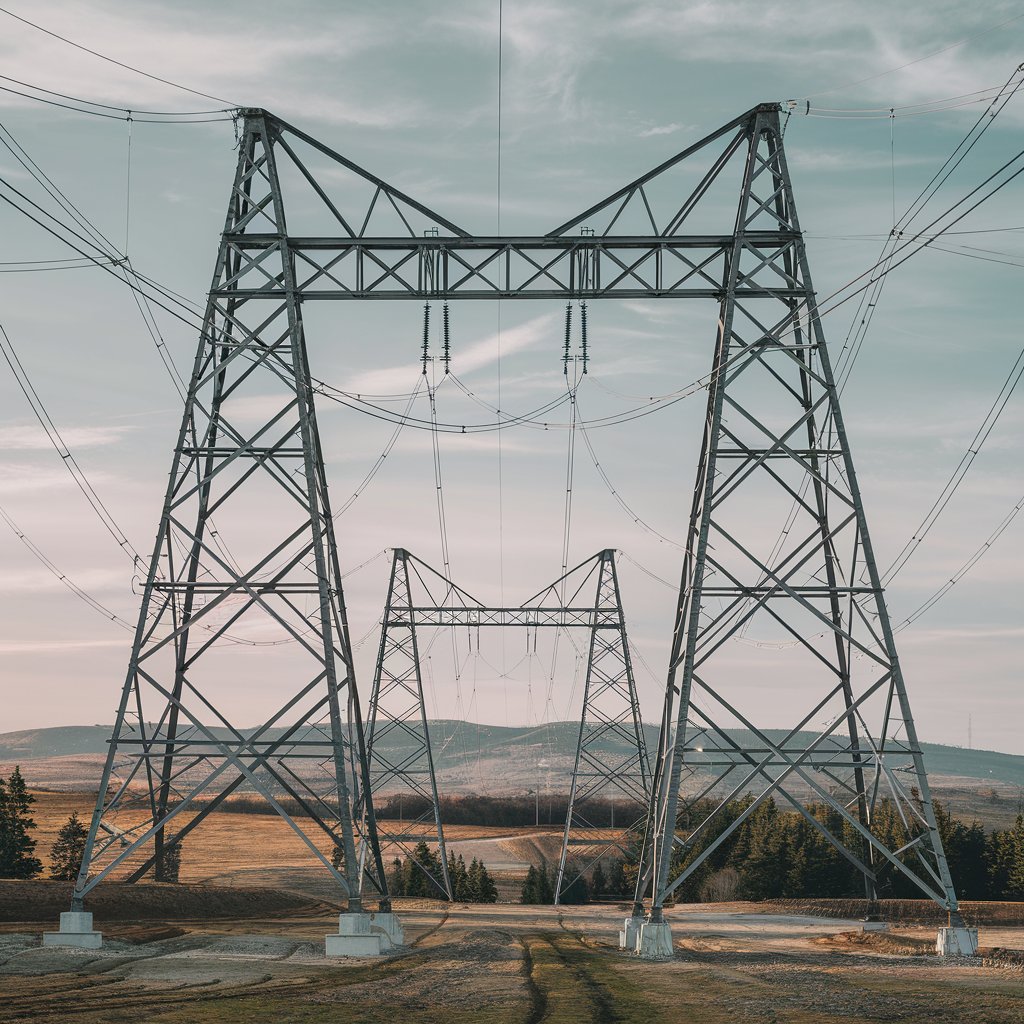High Voltage Direct Current (HVDC) transmission technology is gaining momentum as a vital solution for efficient power transmission over long distances. With the increasing demand for renewable energy integration, grid stability, and reduced transmission losses, the HVDC market is set for significant advancements. Here are some key trends shaping the future of the HVDC transmission industry:
The HVDC Transmission industry is expected to reach USD 14.9 billion by 2028 from USD 11.4 billion in 2023, at a CAGR of 5.4% during the 2023–2028 period. The increasing number of VSC-based HVDC projects, growing adoption of renewable energy globally, surging demand for reliable power supplies, and favorable government policies and initiatives for HVDC transmission are the major factors driving the market growth. Furthermore, constantly increasing technological advancements related to converter station components such as valves, circuit breakers, and reactors, among others, are also fueling the market growth for HVDC transmission. Moreover, the growing need for integration of power grids globally for seamless electricity exchange is expected to provide growth opportunities for market players.
1. Increased Integration of Renewable Energy Sources
As countries strive to meet renewable energy targets, HVDC technology will play a critical role in integrating wind, solar, and hydropower into existing grids. HVDC systems are well-suited for connecting remote renewable energy farms to urban centers, minimizing transmission losses and enhancing grid reliability.
2. Expansion of Intercontinental and Regional HVDC Links
The establishment of intercontinental HVDC links is on the rise, facilitating energy exchange between regions with varying energy demands and resources. Projects like the North Sea Wind Power Hub and other international connections will foster energy security and optimize resource utilization across borders.
3. Advancements in Converter Technology
Innovations in converter technology, particularly with Voltage Source Converters (VSC), are enhancing the efficiency and flexibility of HVDC systems. VSC technology enables better control over power flow and is essential for integrating distributed energy resources, supporting the grid’s stability and reliability.
Download PDF Brochure @ https://www.marketsandmarkets.com/pdfdownloadNew.asp?id=1225

4. Growing Demand for Urban Power Solutions
As urbanization accelerates, cities are increasingly facing challenges related to power distribution. HVDC technology offers a compact and efficient solution for urban environments, enabling underground cabling that minimizes land use and aesthetic impact while delivering reliable electricity.
5. Focus on Grid Resilience and Stability
The need for resilient power systems has never been greater, especially in the face of extreme weather events and increasing cyber threats. HVDC systems can enhance grid stability by providing rapid response capabilities, supporting frequency regulation, and improving overall system reliability.
6. Digitalization and Smart Grid Integration
The integration of HVDC technology with smart grid solutions is becoming more prevalent. Digital tools and real-time data analytics enable better monitoring, control, and optimization of HVDC systems, improving operational efficiency and facilitating proactive maintenance.
7. Investment in Research and Development
Ongoing investment in R&D is crucial for advancing HVDC technology. Innovations in materials, cooling systems, and control strategies will lead to more efficient and cost-effective HVDC solutions, making them more attractive to utilities and project developers.
8. Regulatory Support and Policy Initiatives
Government policies and incentives aimed at promoting renewable energy and grid modernization are bolstering the HVDC market. Regulatory frameworks that support investment in HVDC infrastructure will encourage more projects and drive industry growth.
9. Enhanced Energy Storage Solutions
The integration of energy storage systems with HVDC technology will enable better management of intermittent renewable energy sources. Combining batteries or other storage solutions with HVDC systems can smooth out power delivery and enhance grid reliability.
10. Sustainability and Environmental Considerations
As environmental concerns grow, there is an increasing focus on the sustainability of power transmission solutions. HVDC systems are generally more efficient and have a lower carbon footprint compared to traditional AC systems, aligning with global efforts to reduce greenhouse gas emissions.
The HVDC transmission industry is poised for transformative growth, driven by technological advancements, increasing demand for renewable energy integration, and the need for resilient power systems. As these trends unfold, HVDC technology will play a crucial role in shaping the future of energy transmission, supporting the transition to a more sustainable and interconnected power grid.
